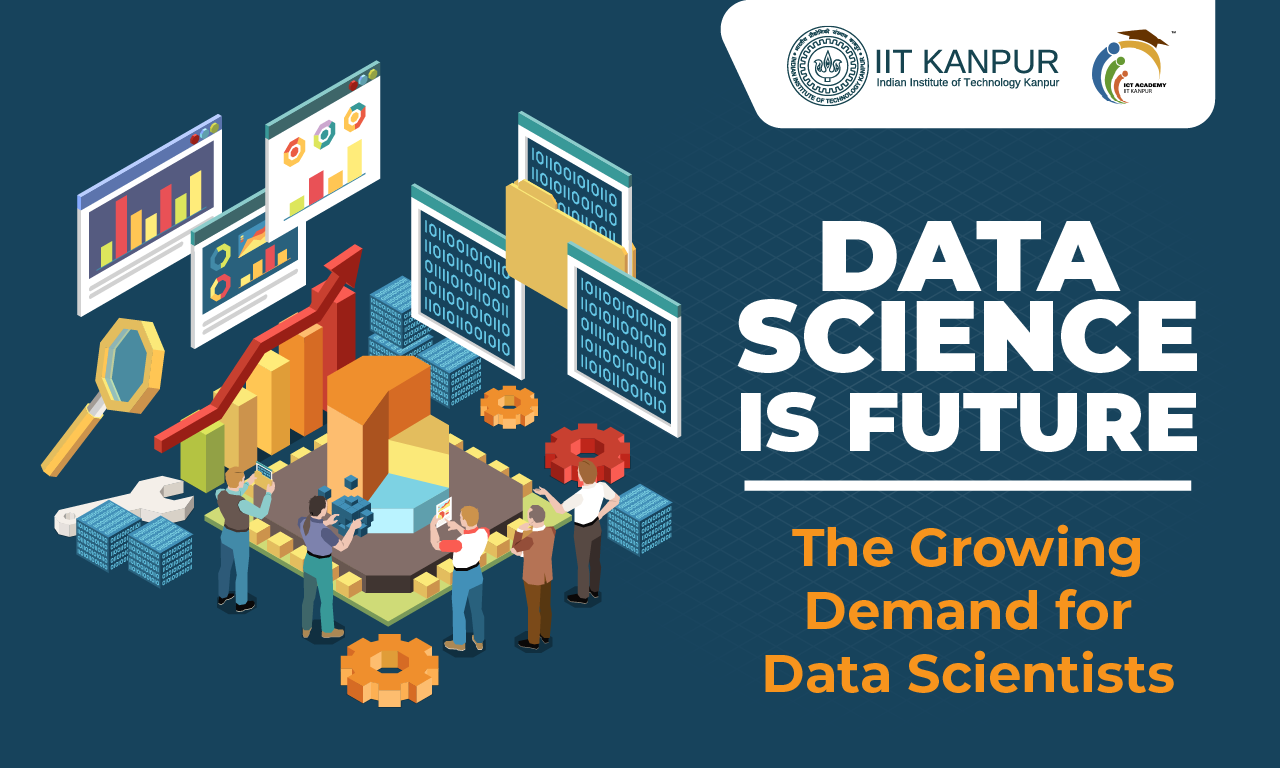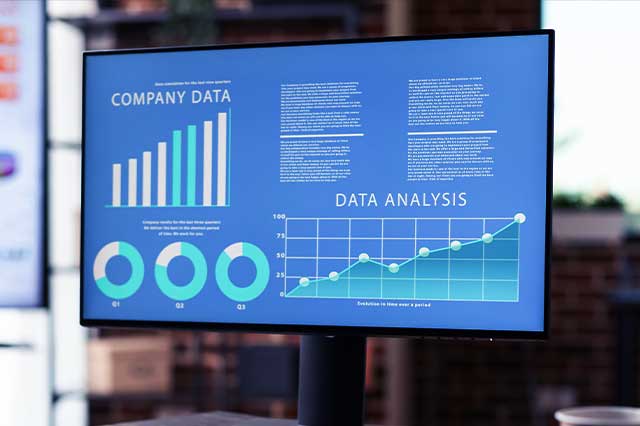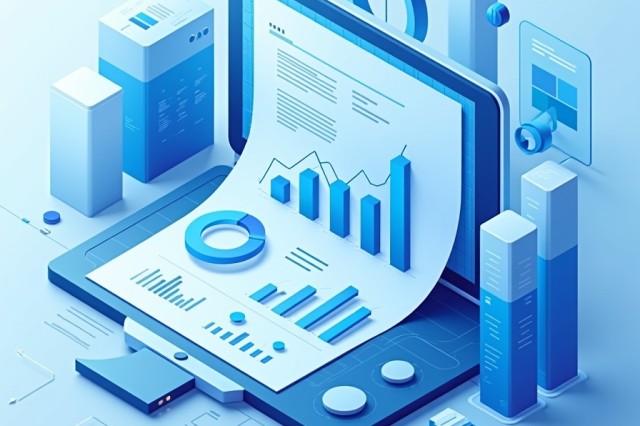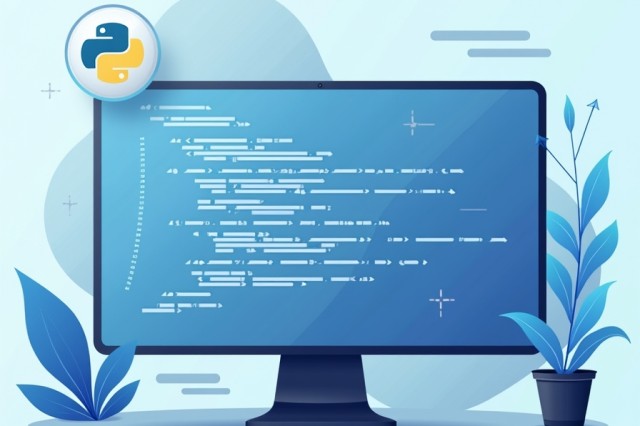The Growing Demand for Data Scientists: Skills, Tools, and Career Paths

The demand for data scientists is on the rise, with employment expected to grow by 35% from 2022 to 2032—this is way faster compared to the other occupations’ average. On average, around 17,700 job openings are projected yearly in the coming decade for data scientists.
However, this field requires a specific set of skills, with the ability to use modern tools and ensure there are different career paths, making it popular for many individuals. So, this article is about the essential skills you need as a data scientist, the advanced tools you use, and the various career paths you can take in this exciting and attractive professional field.
Data Scientists: What do they do?
Data scientists have significant responsibilities, which they take on by analyzing data in order to provide insights and knowledge. They apply their mathematical, statistical, and computer science skills to identify and understand complex data sets and then develop algorithms and models that solve business problems and help with decision-making.
The main areas of their work are data collection and cleaning, data accuracy and quality, and statistical analysis tools that are used to identify trends, patterns, and correlations. They also develop predictive models and machine learning algorithms for forecasting and process optimization.
Top Technical Skills Required for Data Scientists
Data scientists need a wide range of skills. They must be experts at working with numbers and data. Some key skills they require:
1. Programming Languages
Data experts must know how to use languages like Python, R, and SQL. Python is especially useful for organizing data, doing statistics, and making machine learning models. R is great for statistics and graphs, while SQL helps get data from databases.
2. Statistical Methods
Understanding statistics is essential for data experts to interpret data accurately. Skills in hypothesis testing, regression analysis, clustering, and Bayesian statistics help uncover meaningful insights and make good decisions based on data patterns.
3. Machine Learning
Knowing machine learning algorithms and tools is essential for building predictive models and making data-driven choices. Data experts should understand popular libraries like TensorFlow, Scikit-Learn, and PyTorch for tasks like classification, regression, clustering, and deep learning.
4. Data Visualization
Sharing insights clearly is easier with data visualization tools and techniques. Being skilled with Tableau, Power BI, Matplotlib, and Seaborn enables data experts to create interactive and informative visuals that explain complex findings to stakeholders in a straightforward way.
5. Big Data Technologies
Data science requires a diverse set of skills to handle large data. One key ability is using big data tools. Hadoop, Spark, and Kafka let data scientists work with huge amounts of data.
6. Database Management
Data scientists often use databases to store and get data. Skills with MySQL, PostgreSQL, and NoSQL databases like MongoDB or Cassandra are crucial. These ensure clean data, proper storage, and fast access for analysis.
7. Data Cleaning and Preprocessing
Raw data can be messy. Data cleaning and preparation make the data usable—common techniques include handling missing values, normalization, feature engineering, and scaling. These steps ensure quality data for analysis or machine learning.
Top Data Science Tools in Demand
Data science tools are crucial elements of the data-driven era that assist in extracting valuable insights and leading to well-informed decision-making. Here’s a comprehensive view of the most-demanded tools directly impacting the data science arena:
1. SAS (Statistical Analysis System)
It is an analytic suite from SAS Institute, designed for complex advanced analytics, which ensures data processing and data manipulation and implies accurate decision making.
2. Apache Hadoop
An excellent analytics tool for processing and managing large datasets and distributed across clusters of computers. It is the key power that is taking the data science to a higher level of delivering the service.
3. Tableau
Tableau, as one of the top-of-the-range data visualization tools, is used to create distinctive and attractive visuals. By doing so, an analyst can easily catch the interconnection between data points, period-wise variations of economic indicators, and the effect of a hypothesis on business performance.
4. TensorFlow
TensorFlow is mainly used to make AI models and machine learning applications more efficient and effective in a wide variety of challenges.
5. BigML
BigML is a leading machine learning platform that supports the creation and deployment of predictive capabilities regardless of the existence of programming knowledge.
6. KNIME
KNIME is a recognized data science and machine-learning tool which provides you with visual data blending capabilities to join multiple data mining tools. The platform also has main features such as processing the input data, building the model, and constructing workflows, which lead to fast and better productions.
7. RapidMiner
RapidMiner, a feature-rich tool that integrates capabilities of machine learning and data, can lead to the development of a highly qualitative prediction model.
8. Microsoft Excel
Excel can use the method of data manipulation and data cleaning techniques to prepare the information needed for analysis and visualization that will be used on the way to production.
Career Paths in Data Science
Here are various career paths within the data science field:
1. Data Scientist
Uses advanced analytics tools to analyze complex transaction data in order to identify trends and develop business strategies.
2. Machine Learning Engineer
Designs and builds large-scale machine learning systems within an organization, making them automatically learn from and improve on past attempts.
3. Data Engineer
Strategizes and creates data frameworks and carries out other data techniques, providing reliability, security, and performance for certain database systems.
4. Business Intelligence (BI) Analyst
They turn data into actionable insights through visualizations and reports. This aids strategic decision-making.
5. Data Analyst
They interpret data to spot trends and patterns using statistical tools and databases. This supports organizational decisions.
6. Data Architect
Data architects work with the system administrators and provide them with current information so that the data can be used in any sector of the company.
7. Research Scientist
Various types of theoretical and experimental research are employed to test and promote the new data science techniques and complicated issues in different fields of application.
Conclusion
Data scientists are in high demand as the field of data science grows increasingly. The field requires professionals with proficiency in programming, statistical analysis, and machine learning. The demand for such skilled professionals has led to the creation of various data science roles, such as data scientists, machine learning engineers, and business intelligence analysts. Career aspirants must show up with a flexible and dynamic approach to defining data-driven insights that have a future intrinsic crucial role in boosting businesses.
Recommended Courses

Advanced Excel & Data Visualization for Business Success

Advanced Excel with Data Visualization

Business Analytics

Data Analytics Essentials

Professional Certificate Course in Data Analytics and Generative AI

Python for Data Science



